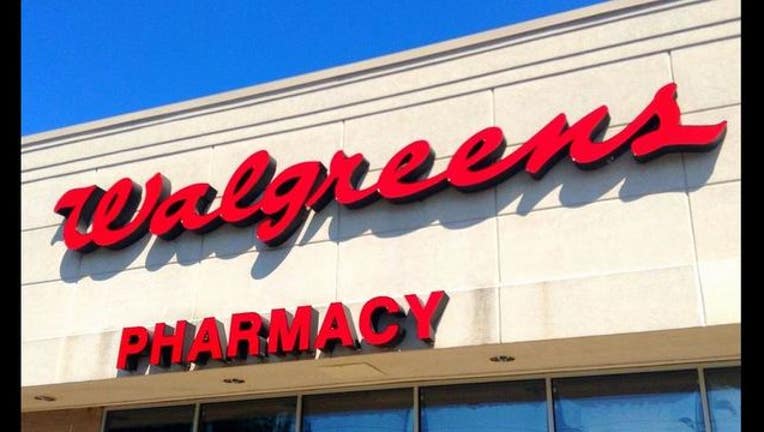Walgreens, Rite Aid combo to spread drugstore health kick

Flickr | Mike Motzart
Walgreens will use its $9.41 billion takeover of rival Rite Aid to spread its philosophy on making drugstores destinations for customers looking to stay healthy or buy beauty products.
The nation's largest drugstore chain also is expected to flex its beefed-up negotiating muscle to wring better deals from drugmakers and other suppliers. But experts say those discounts won't automatically trickle down to consumers.
In fact, customers may not see a huge impact on their wallets if the deal announced Tuesday evening goes through. But they will likely see some store closures or name changes and fewer brand choices after Walgreens Boots Alliance Inc. adds the nation's third-largest drugstore chain to its portfolio.
They also may see more clinics in Rite Aid Corp. stores and more products like vitamins and supplements aimed at keeping them healthy, as the sector continues to stretch well beyond simply filling prescriptions.
All the major drugstore chains — Walgreens, CVS Health Corp., and Rite Aid — have been revamping their stores for the past few years to make them bigger providers of health care products and other services. They're trying to appeal to customers who want to do more one-stop shopping and take advantage of the vast network of stores that the chains have built.
Drugstores also are shifting to serve the aging baby boom population and its health needs, as well as the growing number of people who are shopping around more for health care instead of simply visiting their family doctors. And they're fending off competition from grocery chains and big retailers like Wal-Mart that have added thousands of pharmacies to their stores and offer steep discounts on some drugs.
CVS, in fact, is partnering with the retailer Target Corp. to run its in-store clinics and pharmacies.
Camp Hill, Pennsylvania-based Rite Aid runs about 4,600 drugstores in 31 states and the District of Columbia. Its combination with Walgreens would create a drugstore behemoth that runs more than 12,700 stores in the United States. That's about 64 percent more than the next largest competitor, CVS, not counting that company's still-evolving partnership with Target.
But Walgreens may have to close hundreds of stores to ease federal regulatory concerns about competition. That will depend on how the deal changes the competitive balance in individual markets.
Even if it closed no stores, there will still be a fair amount of competition in the sector. The Walgreens-Rite Aid combination would only control about 23 percent of the retail drugstore market, according to an estimate from Jeff Jonas, a portfolio manager who follows the industry for Gabelli Funds.
Aside from the big chains, there are still about 22,000 independent pharmacies in the United States, according to the National Community Pharmacists Association. Around half are in rural or undeserved areas, spokesman John Norton said. That total includes pharmacies that are part of small, privately held chains and those that serve niche markets like a hospital or a specialty such as oncology.
Once a Walgreens-Rite Aid deal closes, the company will likely hold a "bit of a beauty contest" with suppliers to see who can give them the best deals on products sold in the front of their stores, or the area outside the pharmacy, said Paul Keckley, who studies health care issues as managing director of the Navigant Center for Healthcare Research and Policy Analysis.
"They have more leverage over suppliers the fewer suppliers they deal with," he said.
For the consumer, that means that the chain's surviving stores may wind up carrying fewer brands going forward, maybe three different kinds of soda instead of five. But it likely won't translate to lower prices. Those products don't offer a lot of profit for drugstores in the first place so there isn't much room to cut prices.
The chain also will try to negotiate better prices on drugs, starting with generics, and consumers may start to see some breaks here. But prescription prices also can depend on insurance coverage and whether a drugmaker is motivated to lower its prices to fend off competition from competing treatments.
Walgreens and Rite Aid expect their combination to close in the second half of next year.

